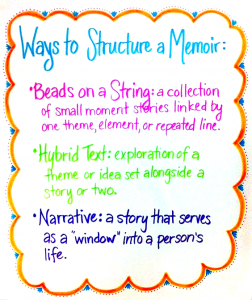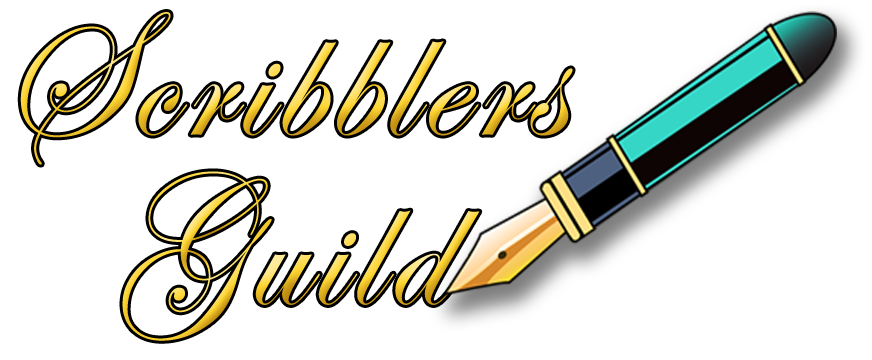How Important is Scene Construction in Memoir?

Are You A Pantser Or A Plotter?
When I started taking my writing seriously in 2015, I was an avowed “pantser” — someone who writes by the seat of her pants, with no thought to plotting, construction or structure. No scene construction for me, boy! I wanted my fictional characters to tell me their story without trying to impose myself on their creativity.

It was a heady time, great fun, and I fell in love with most of my characters.
But…it wasn’t very good.
My narratives wandered about and never reached a conclusion, so I never finished anything of any great length. My short stories were much better, though they too, wandered a bit. It wasn’t until I began to look seriously at story structure and scene construction that I began to be a better writer. I’m still somewhat of a pantser, but now I’m a better plotter.
But What About Memoir?
So, is scene construction necessary in your memoir? After all, you’re telling the story as it happens, right? It happened in a particular sequence so that’s the way it should be told, shouldn’t it?
Think about it, though…when you have a story you’ve told many times, don’t you improve it a little each time until it’s a polished, perfect little jewel? I know that I have several anecdotes I’ve told over the years and I’ve no doubt that they have little resemblance to the way the event actually happened. The story just works better because I’ve told it so often that I’ve “fixed” it. I’ve edited it to sound better, explain things more clearly, show me in a better light, or entertain my listeners better than the basic facts of the matter.
Memory is plastic, flexible. Tell a story often enough and your memory of it changes to fit your individual interpretation of what happened, even though someone else may have a completely different perception of the same event.
 To some extent, we all apply the process of scene construction to our memories to improve them in some way. Even law enforcement is well aware of this human tendency to polish our recollections of exciting events in order to make them even more memorable. The unfortunate result is that “just the facts, ma’am” sometimes undergo drastic revisions, creating devastating consequences for innocent people accused of crimes they didn’t commit.
To some extent, we all apply the process of scene construction to our memories to improve them in some way. Even law enforcement is well aware of this human tendency to polish our recollections of exciting events in order to make them even more memorable. The unfortunate result is that “just the facts, ma’am” sometimes undergo drastic revisions, creating devastating consequences for innocent people accused of crimes they didn’t commit.
Why Construction? Why Not Just “Let It Flow”?
In memoir writing, it’s essential to apply some scene construction techniques in order to avoid boring your reader to tears. How often have you read a memoir or listened to a story by a friend or relative, manfully suppressing yawns as they droned on and on, telling you every single detail of an event you couldn’t care less about – a story you’ve heard so many times, you can recite it along with them word-for-word? With a well-constructed scene, you’ll keep your audience’s interest, pulling them inexorably through your narrative, so they can’t wait to get to the next bit.
With that said, here’s a quick overview of the structure of a scene. If you apply this format to your scenes, I think you’ll find that you come up with better stories. By keeping these precepts in mind right from the beginning, you’ll begin to write more efficiently and effectively, and, assuming that your story is worth the telling, your reader won’t go off into uncontrollable yawning.

Basic Scene Construction
Definition of a scene: “Scenes are capsules in which compelling characters undertake significant actions in a vivid and memorable way that allows the events to feel as though they are happening in real time.” (Jordan Rosenfeld, Make a Scene).
 Scene construction can be as simple as taking a few minutes to plan before jumping in to write. It’s a good idea to make some notes in point form prior to writing out the whole scene. It’ll save many hours of editing and revision later.
Scene construction can be as simple as taking a few minutes to plan before jumping in to write. It’s a good idea to make some notes in point form prior to writing out the whole scene. It’ll save many hours of editing and revision later.
Here’s a quick overview of the process I use before jumping in feet-first to write a scene and a few of the questions I ask before I start:
- What do you want to accomplish in the scene. Why are you writing it?
- Is it necessary? How does it move the story forward?
- Specifically what does it contribute to the overall narrative and how does it do so?
- What is it about? What happens? What actual events take place?
- Who are the participants and are they necessary? Who can you leave out for clarity or add for emphasis?
- Can you combine two or more individuals to make a stronger supporting character?
- What emotion or reaction do you want your reader to have?
- What is the mood of the scene? How can you enhance/exaggerate it?
- Does the scene comprise only background information the reader needs to know? How can you make backstory interesting or include it as snippets in other scenes?
- Is it an action scene? Does it move the story forward?
- Is it a continuation? How does it relate to the previous scene? The next scene?
- Is it a promise or foreshadowing of something that happens later in your narrative?
- How does it relate to your overall theme? Does it cover only a part of your overall theme?
- What is the source of the conflict or opposition in the scene, and why is it there?
- Do you have a strong beginning/opening paragraph that pulls the reader in?
- Does your scene have a beginning, middle and end?
- Try asking “What if?”
Readers read for information, for entertainment and for escape. Learn to think like your reader, get inside their head, and write what they want to read. By using a short scene checklist, your stories will have more momentum and punch and simply by doing a little planning for each one, you’ll ultimately become a better storyteller.
Happy Writing!

